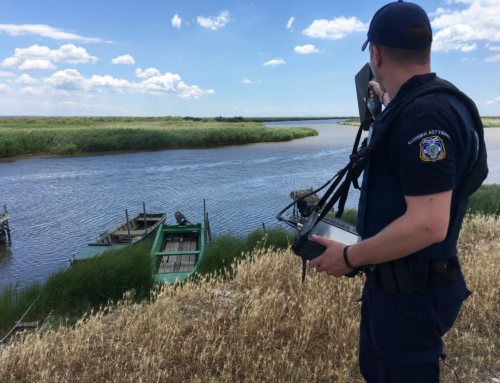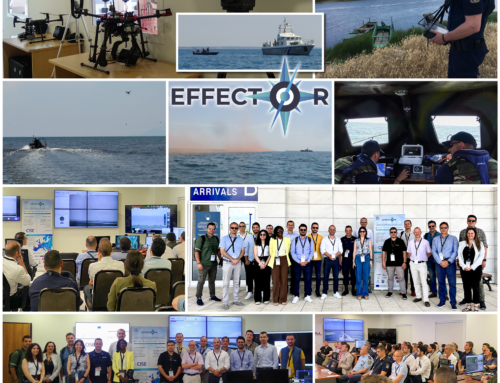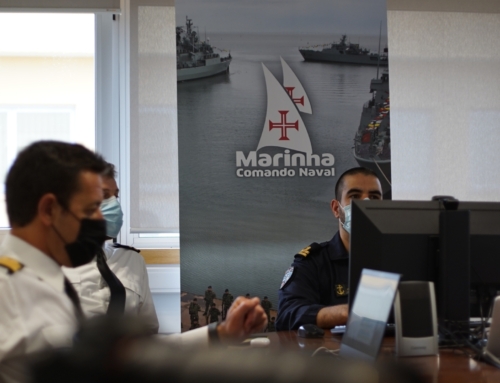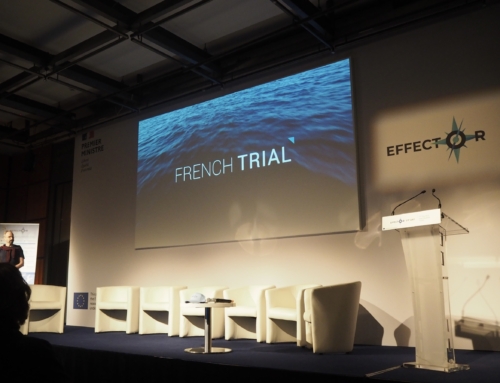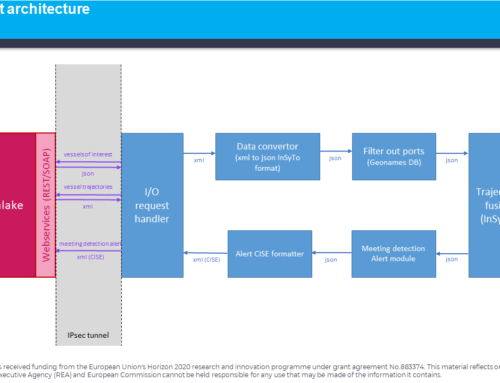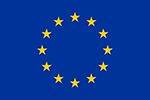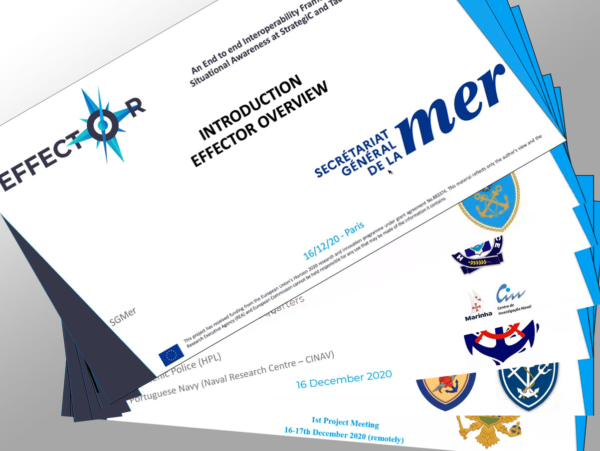
Authors: SGMer, IRIT
The first project meeting of the EFFECTOR H2020 project took place in mid-December of 2020 during which all project partners met. The whole event was organized online and the sanitary conditions did not hold back the participants from working on the project’s developments
First meeting with end-users.
The meeting took place on the 16th and 17th of December and during those two days all partners met i.e. end-users, technical and research partners as well as advisory board. With the work package 2 started only a few months before and with the work package 3 beginning one month after, discussions were focused on their respective tasks: end-user requirements and technical design.
Focusing on end-user requirements.
After an introduction presenting a brief overview of the EFFECTOR project, the floor was given to the end- users from France, Portugal, Greece, Bulgaria and Montenegro. Each speaker presented his/her vision of what was expected from the project and their operational requirements. This initial session gave to all partners a better picture and a more precise understanding of the first expectations of the end-users and lead to building a common vision of the project objectives.
Narrowing down trials and their operational scenarios.
As the EFFECTOR project carries out three trials, each one was presented respectively by its leading authority i.e. the Hellenic Ministry of Maritime Affairs and Insular Policy (MMAIP), the Portuguese Ministry of National Defense (PTN) and the French General Secretary of the Sea (SGMer). These presentations outlined the future scenarios that would be used in these three different contexts. This allowed different technical partners to mention:
- whether or not their technological parts would be ready and/or available at the time of each of these trials; and
- on what data input conditions these would operate.
Initial technical discussions on the project.
After a whole day focused on end-users, most of the second day of the meeting was dedicated to technical discussions. At this stage of the project all partners were presented with,
- on one side an overview of the possibilities in terms of system and software architecture for the future EFFECTOR tool and,
- on the other side, an analytical vision of the different components that would contribute to the future software.
In the end, all thoughts were also turned to the different data inputs that the software would have to manage. Indeed, as the project would go on, end-users would provide the specification of their maritime surveillance data and a more and more vastly heterogeneous and complex picture for EFFECTOR to tackle would arise.
Ethics and legal issues related to the project.
The workshop ended with a session lead by Kemea’s legal and ethics team. It was a very important preliminary work that will gather information to inform partners on the European regulatory framework setting the legal boundaries for information exchange. This will help the project team define information exchanges and set the limits to those exchanges in the case of maritime surveillance. This task, explicitly highlighted by the European Commission, is necessary on the one hand, due to the complexity of the close intertwining of the European legal framework with the different national EU state members’ regulations as well as with states outside of the EU; and on the other hand, as this project concerns agencies and partners from several countries: France, Greece, Portugal, Italy, Bulgaria and Montenegro.
Work under external scrutiny and advice.
Each daily session was closed by detailed insight on the project provided by the advisory board. These sessions, conducted by advisors external to the project team, provided valuable relevant remarks, highlighted some key elements and raised early warnings on hidden difficulties. These discussions were very fruitful and much appreciated from the project team, eager to have again this external vision during the future project meetings.
Upcoming project steps.
Firstly, halfway across work package 2 that focusses on requirements, this meeting contributed to reinforce the specification of end-user requirements. After these initial steps, gathering more detailed end-user requirements will continue as well as descriptions of the data sources from national maritime surveillance systems required for the upcoming specification project trials. Secondly, just before the beginning of work package 3 that focusses on the design, this meeting allowed preliminary discussions about the EFFECTOR architecture. This work will be progressively detailed and refined as its related work package will start with the beginning of 2021. Finally, this first project meeting will be followed with a second project meeting during March 2021 where the project team will meet again.


